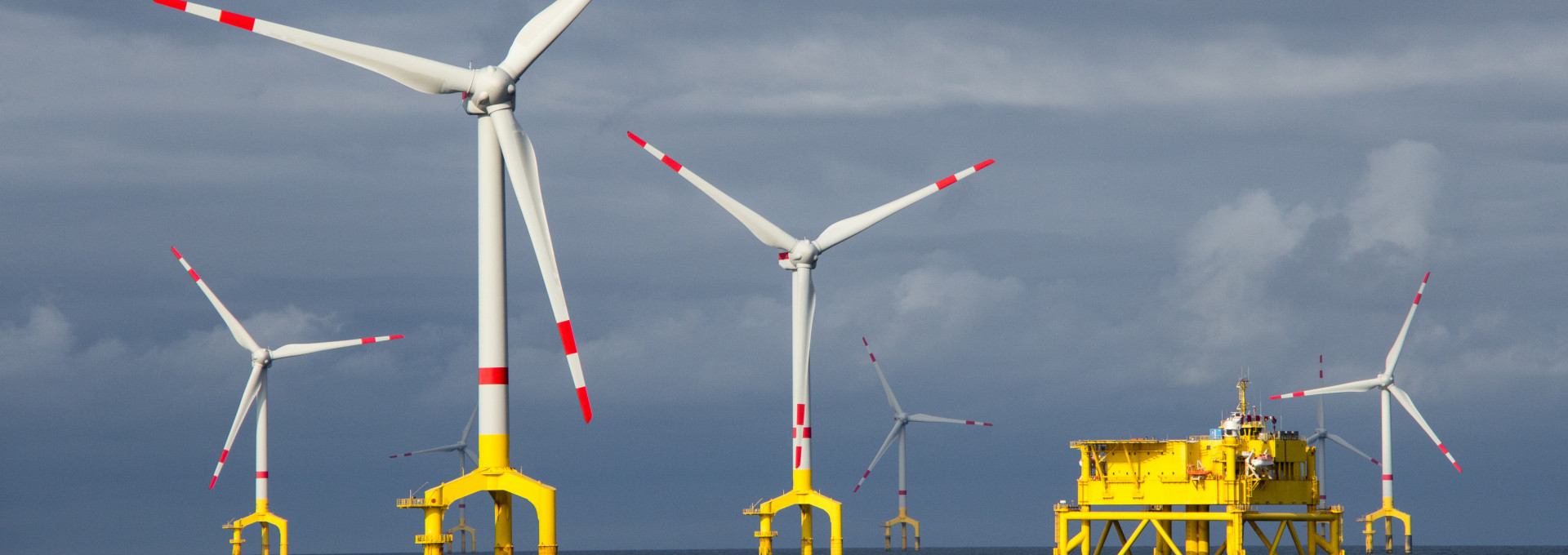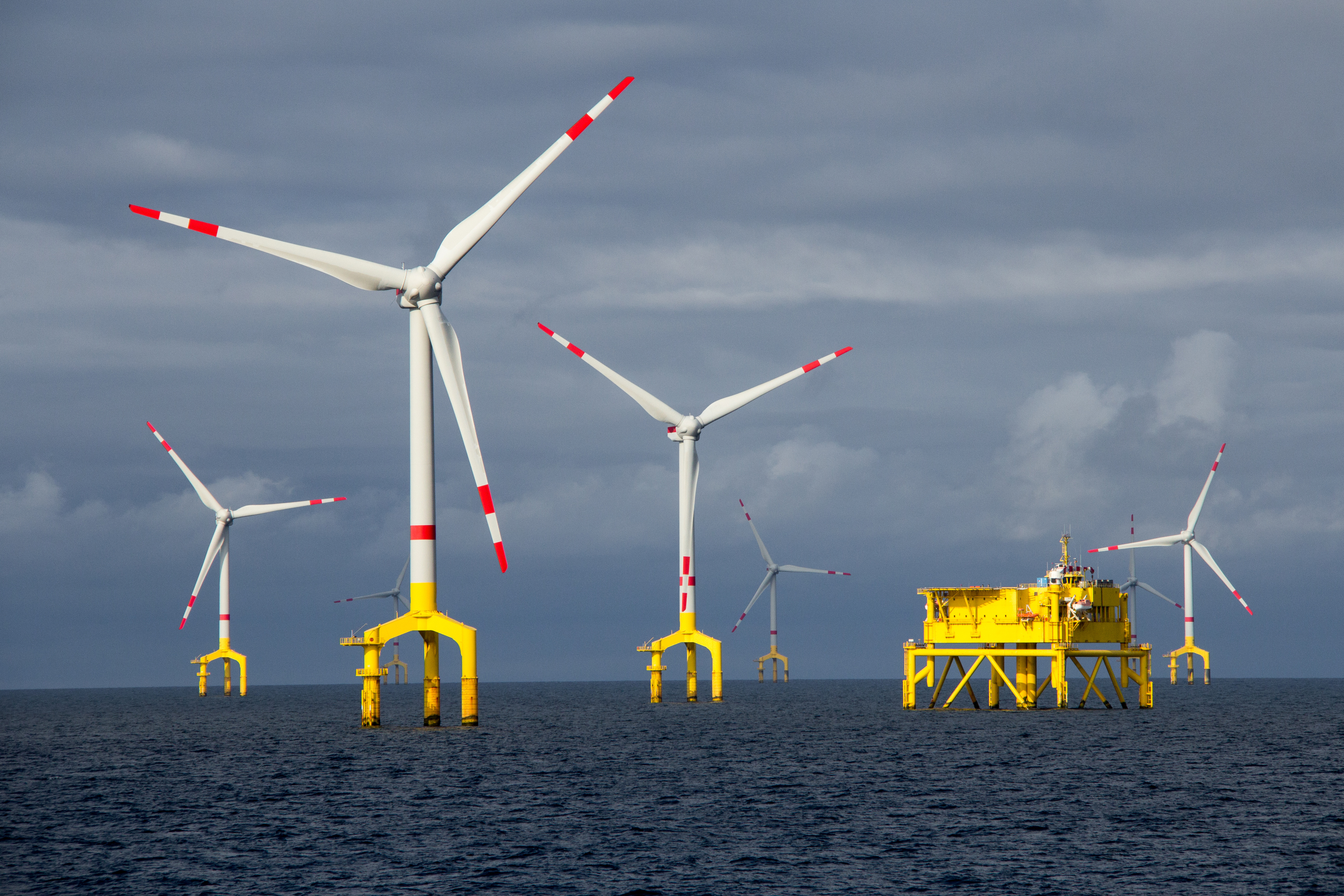



Offshore wind power is a source of carbon-neutral electricity. But wind turbines, like all industrial activities, have an impact on the ecosystem. Researchers are investigating how the North Sea’s flora and fauna react to the wind farms there.
Offshore wind farms are essential for a climate-friendly energy supply. Plans call for their current installed capacity of nearly 8 gigawatts to increase to 30 gigawatts by 2030 and 70 gigawatts by 2045. Most such projects are planned for the North Sea.
Industrial activity in the North Sea is nothing new. Classic examples include oil and gas extraction, sand mining, shipping and fishing. Wind farms are recent newcomers. Their impact is the subject of research involving modeling and observations.
As artificial obstacles, wind farms change ocean currents and lead to changes in the shape of the seafloor. They also provide new surfaces where mussels or crustaceans can settle. The undersea cables warm the seafloor, where different limits apply in different areas. Some fish, crustaceans and mammals can even sense the electromagnetic fields from the cables, and change their behavior accordingly. Some species will win, and others will lose. We can also observe this in birds. Some avoid the air around the wind farms, while others can be found there more often. Given the rapid expansion planned for offshore wind power, monitoring all these changes will be an important task for researchers.